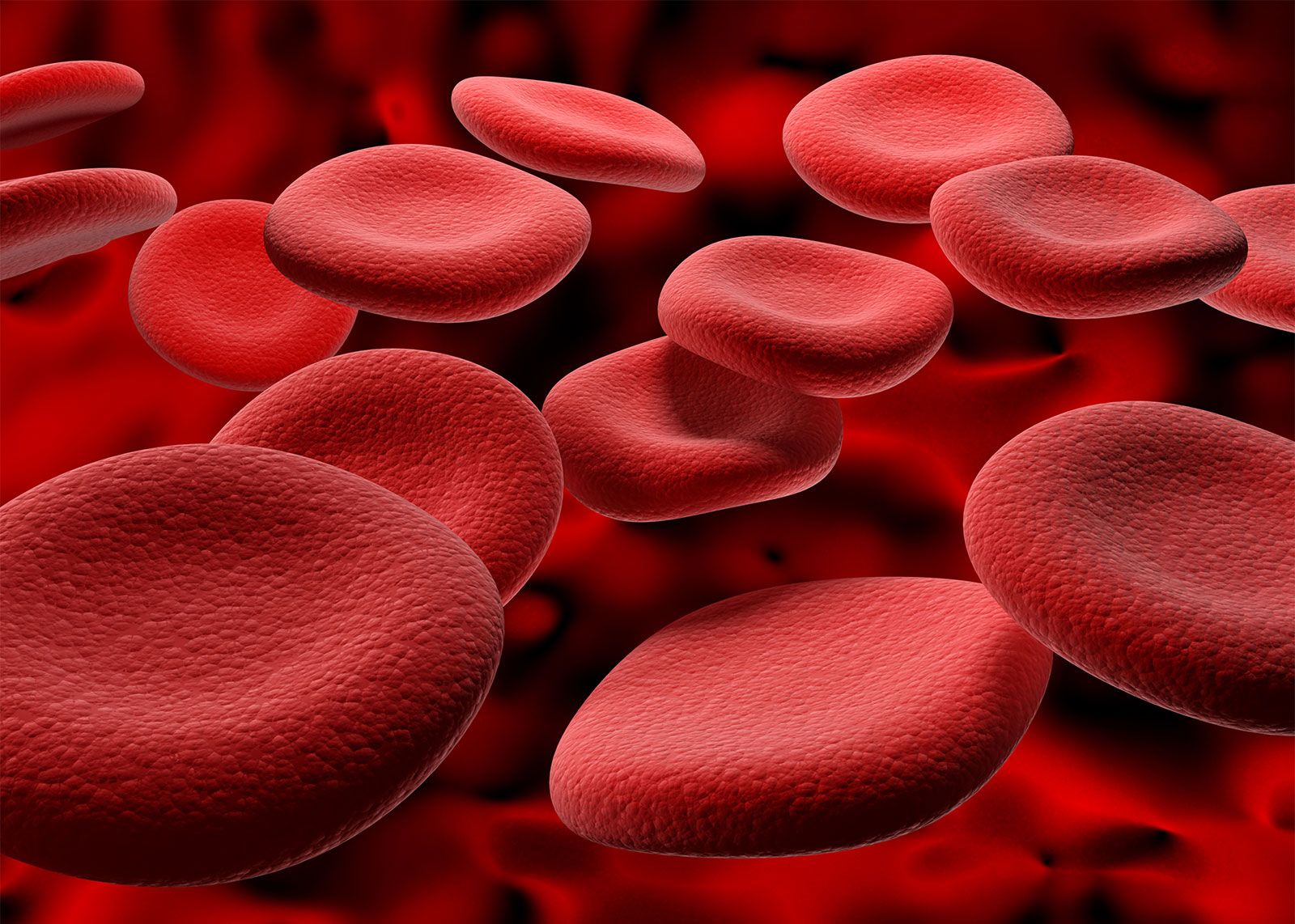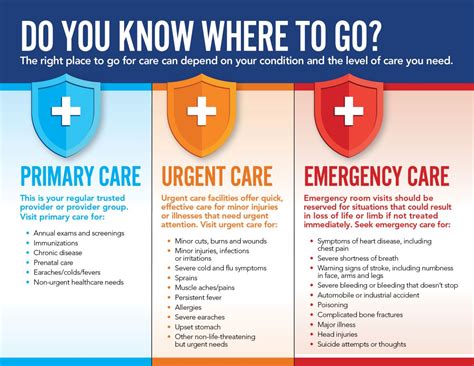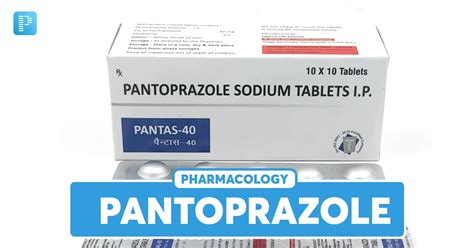Understanding blood glucose numbers is crucial for individuals with diabetes or those at risk of developing the condition. Blood glucose, also known as blood sugar, is the amount of glucose present in the blood. It’s measured in milligrams per deciliter (mg/dL) or millimoles per liter (mmol/L). The body’s primary source of energy is glucose, which is obtained from the food we eat. The pancreas produces insulin, a hormone that regulates blood glucose levels by facilitating the entry of glucose into cells.
Normal Blood Glucose Levels
For individuals without diabetes, normal blood glucose levels are typically between 70 mg/dL and 140 mg/dL (3.9 mmol/L to 7.8 mmol/L). After eating, blood glucose levels may rise, but they should return to normal within a couple of hours. Fasting blood glucose levels, which are measured after at least 8 hours of not eating, should be below 100 mg/dL (5.6 mmol/L) for people without diabetes.
Blood Glucose Levels in Diabetes
In individuals with diabetes, the goal is to keep blood glucose levels as close to the normal range as possible. This helps prevent complications associated with diabetes, such as heart disease, kidney damage, and nerve damage. The American Diabetes Association provides guidelines for blood glucose targets: - Before meals: 80 mg/dL to 130 mg/dL (4.4 mmol/L to 7.2 mmol/L) - After meals (1-2 hours): Less than 180 mg/dL (10 mmol/L)
Hypoglycemia (Low Blood Sugar)
Hypoglycemia occurs when blood glucose levels fall below 70 mg/dL (3.9 mmol/L). Symptoms can include shakiness, dizziness, sweating, hunger, irritability, confusion, or even loss of consciousness in severe cases. Treatment typically involves consuming 15-20 grams of glucose, such as glucose tablets, glucose gel, or quick sources of sugar like fruit juice or regular soda, followed by a snack with protein to help stabilize the blood glucose level.
Hyperglycemia (High Blood Sugar)
Hyperglycemia is characterized by blood glucose levels that are higher than normal. It can be caused by missing doses of diabetes medication, eating more than planned, being less active than usual, stress, or illness. Symptoms may include increased thirst and urination, fatigue, blurred vision, and headaches. Managing hyperglycemia involves adjusting medication, diet, and physical activity under the guidance of a healthcare provider.
Monitoring Blood Glucose
For individuals with diabetes, regular monitoring of blood glucose levels is essential. This can be done using a glucose meter, which provides immediate results. Continuous glucose monitors (CGMs) are also available, offering real-time glucose levels throughout the day and night. This information helps in making informed decisions about diet, exercise, and medication to maintain blood glucose levels within the target range.
Impact of Lifestyle on Blood Glucose
Diet and physical activity play significant roles in managing blood glucose levels. Eating a balanced diet that is low in added sugars, saturated fats, and sodium, and high in fiber can help maintain healthy blood glucose levels. Regular physical activity, such as walking, can improve insulin sensitivity, meaning the body’s cells are better able to use insulin to take up glucose from the blood. Stress management techniques, such as yoga or meditation, can also help regulate blood glucose levels by reducing the body’s stress response, which can raise blood sugar.
Advanced Technologies in Blood Glucose Monitoring
Recent advancements in technology have led to the development of more convenient and less invasive methods for monitoring blood glucose. For example, implantable CGMs can provide glucose readings for up to 90 days without the need for fingerstick calibration. Smart insulin pens and pumps can also track insulin doses and calculate the amount of insulin needed based on current glucose levels and meal intake. These technologies aim to simplify diabetes management, improve adherence to treatment plans, and enhance overall quality of life for individuals with diabetes.
The Future of Blood Glucose Management
The future of blood glucose management holds promise with ongoing research into even more sophisticated monitoring technologies and therapeutic options. Closed-loop systems, also known as artificial pancreas systems, automate insulin delivery based on real-time glucose levels, potentially revolutionizing type 1 diabetes management. Additionally, stem cell therapies and pancreas transplantation are areas of active investigation, offering hope for a future where diabetes management could become less burdensome or even curative.
Conclusion
Blood glucose numbers are a critical aspect of diabetes care, reflecting the body’s ability to regulate blood sugar levels. By understanding normal ranges, recognizing the signs of hypo- and hyperglycemia, and utilizing technologies for monitoring and managing blood glucose, individuals can better navigate their diabetes care. With advancements in technology and medicine, the future holds promise for more effective and less intrusive methods of managing blood glucose, improving the quality of life for those affected by diabetes.
What are normal blood glucose levels for someone without diabetes?
+Normal blood glucose levels typically range from 70 mg/dL to 140 mg/dL (3.9 mmol/L to 7.8 mmol/L), and fasting blood glucose should be below 100 mg/dL (5.6 mmol/L).
How do I treat low blood sugar (hypoglycemia)?
+Treat hypoglycemia by consuming 15-20 grams of glucose, followed by a snack with protein to stabilize blood glucose levels.
What technologies are available for monitoring blood glucose levels?
+Available technologies include glucose meters, continuous glucose monitors (CGMs), and implantable CGMs that provide real-time glucose monitoring.
How can lifestyle changes impact blood glucose levels?
+Lifestyle changes such as a balanced diet, regular physical activity, and stress management can help maintain healthy blood glucose levels and improve insulin sensitivity.
What does the future hold for blood glucose management in diabetes care?
+The future may include more advanced monitoring technologies, such as closed-loop systems, and potentially curative therapies like stem cell treatments or pancreas transplantation.



